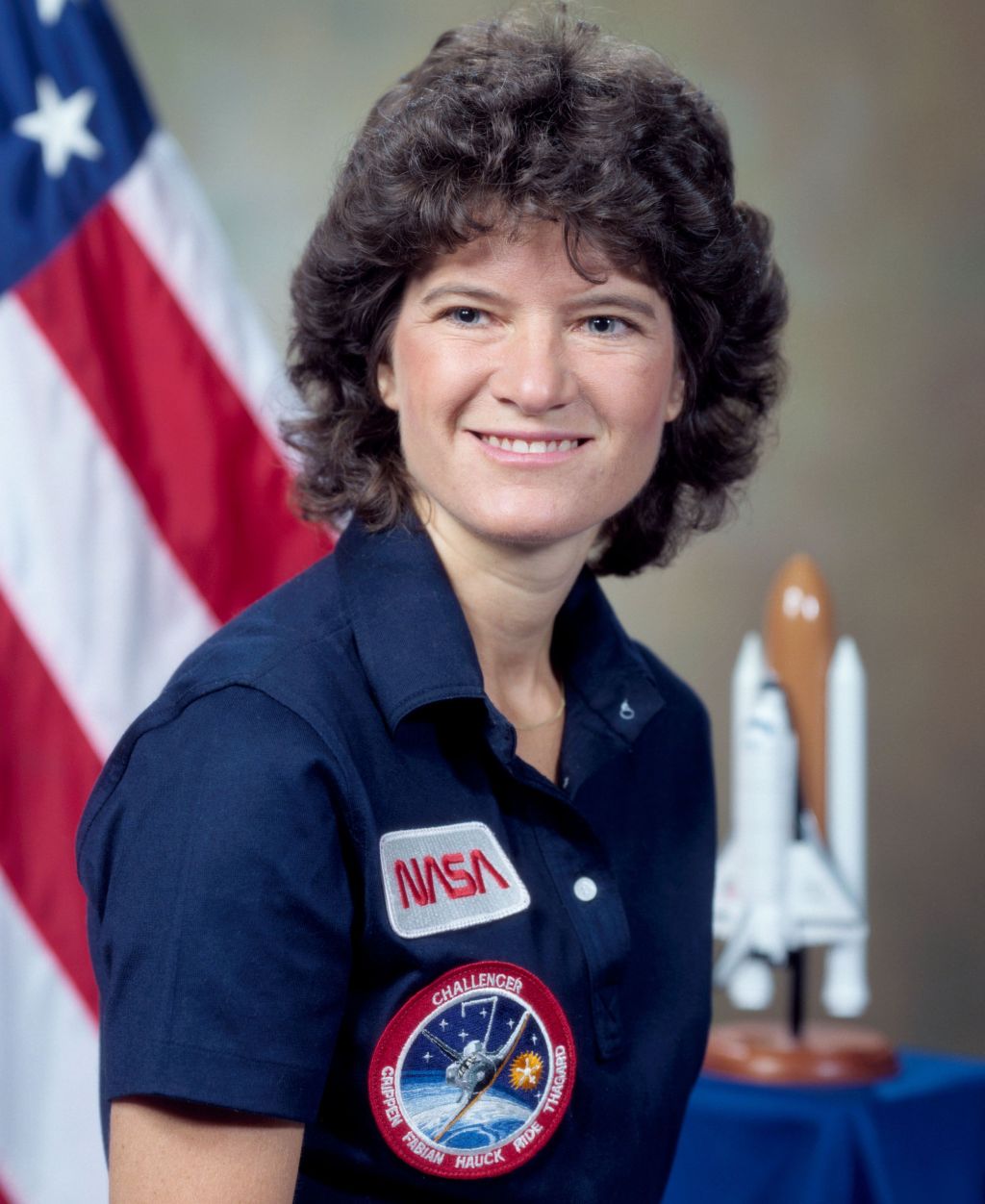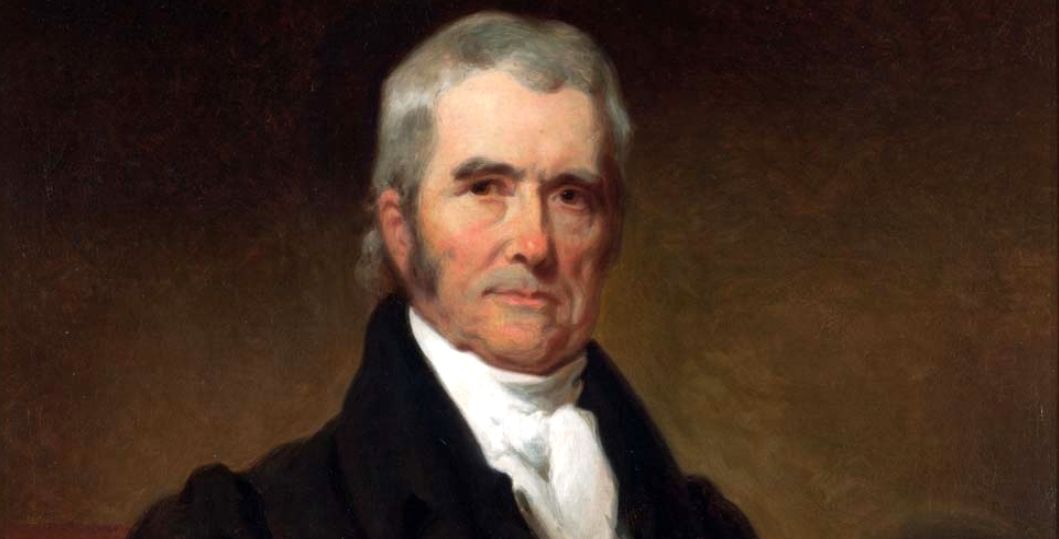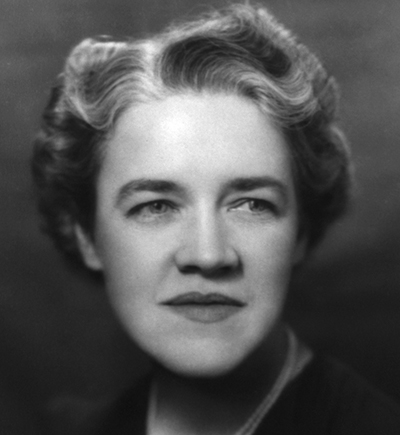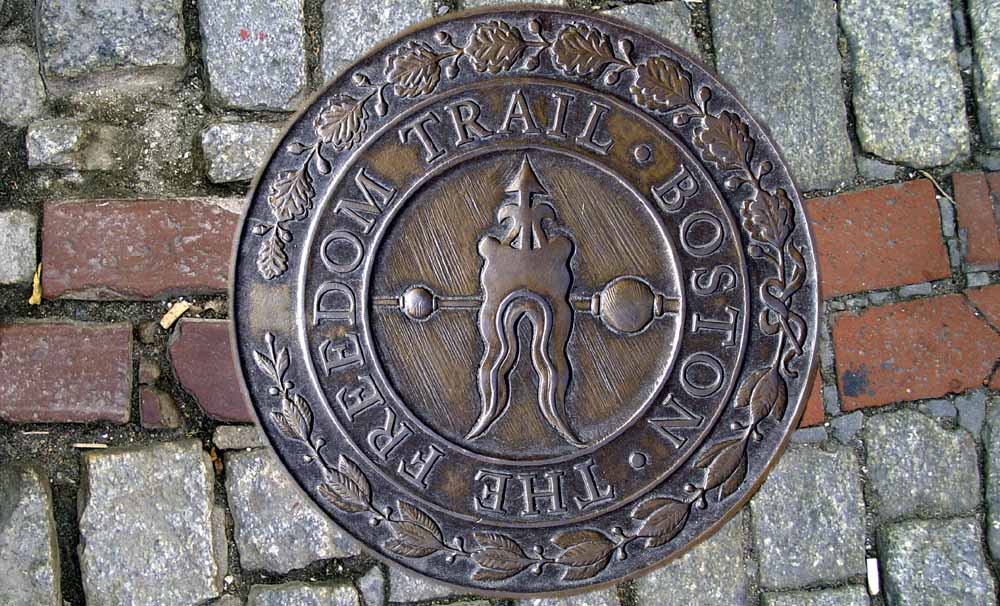We apologize, but this article has been moved to:
https://www.americanheritage.com/woman-who-said-no-mccarthy-0
--The Editors
We apologize, but this article has been moved to:
https://www.americanheritage.com/woman-who-said-no-mccarthy-0
--The Editors

Before becoming the first American woman in Space, Sally Ride got a PhD in astrophysics from Stanford and subjected herself to five years of astronaut training at NASA. Navy test pilots took her on gut-dropping, 600-mile-per-hour flights 39,000 feet in the air. (Her flight instructor called her the best student he'd ever had.) Ride became an expert at· maneuvering a 900-pound robotic arm that would be used to pluck satellites from the sky. She became fluent in control panel switches and circuits, getting to know the 1,800 or so on the orbiter's control panel.
Notwithstanding the assaults of generations of iconoclastic critics, Thomas Jefferson remains an American icon. A touchstone for partisans of all persuasions, the author of the Declaration of Independence has risen above partisanship as America’s “inventor,” the great apostle of democracy and national self-determination. His eloquent formulations of “self-evident ... truths” constitute the American creed: “all men are created equal”; “they are endowed by their Creator with inherent and unalienable Rights,” including “Life, Liberty, and the pursuit of Happiness”; and the governments men institute to secure these rights derive “their just powers from the consent of the governed.”

Clouds of doom shrouded the nation in 1800. George Washington was dead.
For the first time in their 25-year struggle to govern themselves, Americans faced a future without the father of their country to lead them. And they lost their way.
Absent their commander-in-chief, the men who had helped him lead the nation to independence went mad. Chaos engulfed the land as surviving Founding Fathers Adams, Burr, Hamilton, Jefferson, Monroe, and others turned on each other as they clawed at Washington’s fallen mantle.

A bully was stalking the Nation’s Capital. Insulting people, ruining reputations, using fear to bend Congress to his will. Behind the scenes, many said someone should stand up for American values. Someone from the bully’s own party should speak to the American people.
Editor's Note: Steve Inskeep, the host of NPR's Morning Edition, has recently published Imperfect Union: How Jessie and John Frémont Mapped the West, Invented Celebrity, and Helped Cause the Civil War, from which this essay was adapted.
Of the many times John C. Frémont visited St. Louis, the most auspicious came in 1845. He was a 32-year-old U.S. Army captain with shoulder-length hair and a thoughtful expression. Arriving on a steamboat from the east on May 30, he disembarked at the crowded waterfront with two companions: Jacob Dodson, a son of free black house servants from Washington, D.C.; and William Chinook, an Indian from the faraway land called Oregon. It was fitting that Captain Frémont reached St. Louis with men from far to the west and east. His mission was to connect the Atlantic world to the Pacific, surmounting the natural barriers between.
Venture capital (VC) is largely an American invention. It is a “hits” business where exceptional payoffs from a few investments in a large portfolio of startup companies compensate for the vast majority that yield mediocre returns or simply fail. This “long tail” distribution of pay-offs has been embraced with more impact in the United States than anywhere else in the world. Today, Silicon Valley stands as the world’s most important center of VC-based entrepreneurship, despite challenges to its leadership position.
It would be a risky trip for the two young mothers, each of them bringing along two young children. On a beautiful spring morning, the first of April, 1865, Caroline Millard and Mary Atchison boarded the steamboat Bertrand at the docks in Omaha, Nebraska. They planned to travel up the muddy, swirling Missouri River to the far end of civilization — the Montana Territory — to join their husbands, who were partners in a banking operation in the rough gold-mining town of Virginia City.
Editor's Note: Brent Glass is Director Emeritus of the Smithsonian’s National Museum of American History and the author of 50 Great American Places: Essential Historic Sites Across the U.S., from which this essay is adapted.
